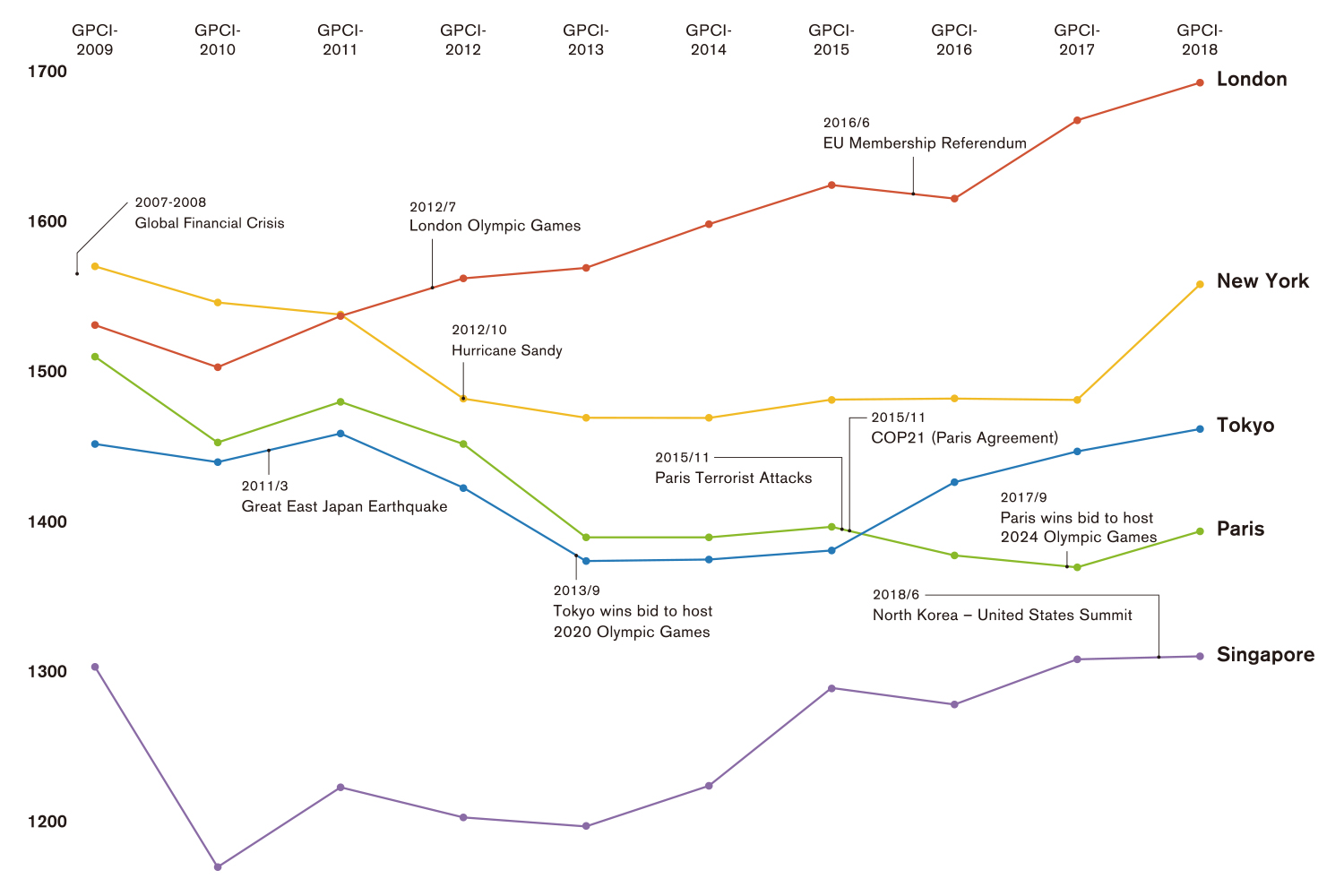
The negative outliers (below the trend line) tend to be countries with more limited participation in international trade with deficient transport infrastructure and governance issues (e.g. The positive outliers (above the trend line) are countries having a high dependence on international trade and thus well-developed logistical structures (e.g. Urbanization and Digital Technologies 4.0 revolution. For instance, China with an urban population at 46% of its total population has a population of 224 million inhabitants living in cities of more than 1 million inhabitants has with a national LPI of 3.49. The Smart Cities concept relies on fostering a balanced confluence of two mega trends: Rapid Global. The size of each observation is related to the national population living in cities of more than 1 million inhabitants. There is a level of proportionality between the share of the urban population and the Logistics Performance Index (LPI) the higher the share of the urban population, the higher the LPI (statistically significant R square of 0.37). Urban population data from United Nations, World Urbanization Prospects: The 2007 Revision Population Database. Source: World Bank, Logistics Performance Index.


This desirable-yet-elusive trait is defined as a city’s comprehensive power to attract creative people and excellent companies from around the world amidst accelerated interurban competition. National Urban Populations and the Logistics Performance Index The Global Power City Index provides a ranking of the urban competitiveness of 35 world cities based on their international magnetism.


 0 kommentar(er)
0 kommentar(er)
